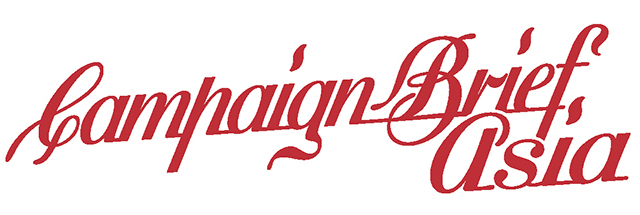Millward Brown reveals the most comprehensive advertising pre-testing validation ever conducted covering 37 categories and 33 countries
 Millward Brown, a global leader in brand, media and communications research and provider of LinkTM, the world’s most widely used ad copy-evaluation and optimization tool, has conducted the most comprehensive worldwide cross-category pre-testing validation to date.
Millward Brown, a global leader in brand, media and communications research and provider of LinkTM, the world’s most widely used ad copy-evaluation and optimization tool, has conducted the most comprehensive worldwide cross-category pre-testing validation to date.
LinkTM is based on the sales results of 1,795 TV ads in multiple markets and acts as a useful predictor of future sales based on the advertisement’s creative approach. The tool has shown that sales success factors are the same across multiple categories and markets.
Ben Dixon, managing director at Millward Brown Australia, says this latest development is further proof that LinkTM can be trusted to be predictive of sales. This, combined with Millward Brown’s understanding of how communication is used to build brand equity, is why more than 80% of the world’s leading brands work with Millward Brown.
Compelling Creative + Compelling Messaging = Sales
This work focused on short-term sales return (sales generated in the eight weeks from ad air date) and demonstrates that the short-term sales effectiveness is best delivered by compelling creative combined with compelling messaging.
Compelling creative is classed as being both engaging and strongly linked to the brand.
In LinkTM this is measured by the Awareness Index (AI; a validated measure of branded engagement).The second area of compelling messaging is measured by the Persuasion score in LinkTM (a direct measure of the effect of the copy on brand consideration).
This work has shown that these two drivers of success are independent factors, with little correlation between them. The best prediction of the short-term sales potential of advertising comes from combining AI and Persuasion into a composite measure, called the Link Short Term Sales Likelihood (STSL) value.
The STSL score shows a very clear relationship with in-market sales return: strong performing ads are four times more likely to generate a large sales return than the weak ads. Overall, 76% of strong performers see share increases.
The Short Term Likelihood of Sales (STSL) can be provided with only the pre-test results. But with basic volume share data and very simple pricing and media spend assessments the probable magnitude of the sales increase could be predicted. With a more tailored approach for an individual brand, where full spend, pricing and brand elasticity data is available, Link can provide specific sales volume predictions.
Consistent by region and category but varies by advertising need
The 1,795 cases used in the research came from 33 countries across six continents, with brands from 37 consumer packaged goods (CPG) categories. A broadly consistent relationship was found between sales and AI and Persuasion across geographies and categories.
The research shows differences in the sales drivers for new brands compared to established brands. A compelling and well branded creative (measured by AI) is more important for established brands, while new brands are under more pressure to present a compelling message (Persuasion).
This shows that while large established brands can rely on reinforcing their fame and using brand buzz to generate sales, new brands need to work harder to communicate a compelling reason to choose them.
The power of emotion
The research also demonstrates a clear relationship between the emotional impact of advertising and the short-term sales return. This relationship is much stronger for established brands than new brands. Similarly, established brand ads with purely emotional content and no rational messaging tend to out-perform those with just rational messaging. The reverse is true for new brands, where rational content is more likely to drive sales. However, the most potent communication is a combination of the emotional and rational together. Emotions are an important driver of decisions, but successful brands also provide a rational ‘reason for choice’ to help consumers justify their decisions.
Beyond short-term sales
The focus of this validation was on the short-term sales return, but engagement as measured by the Awareness Index is also more likely to deliver long-term share gains.
Previous validation indicates that key contributors to long-term sales are predicted by brand equity measures such as emotional affinity and brand differentiation, more than by immediate Persuasion.

1 Comment
Reserch is the worst thing an ad can be subjected to! Milward Brown should shut shop.